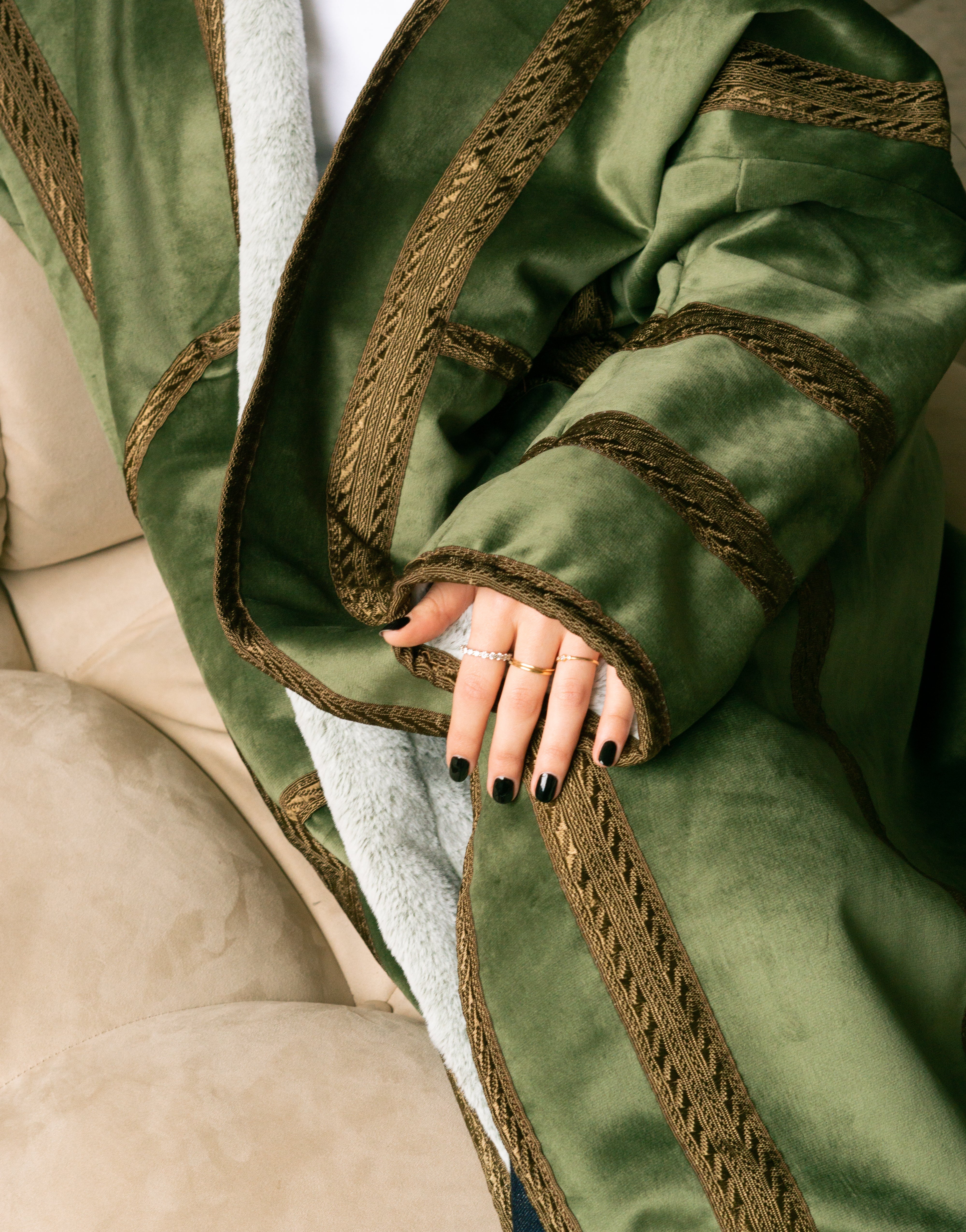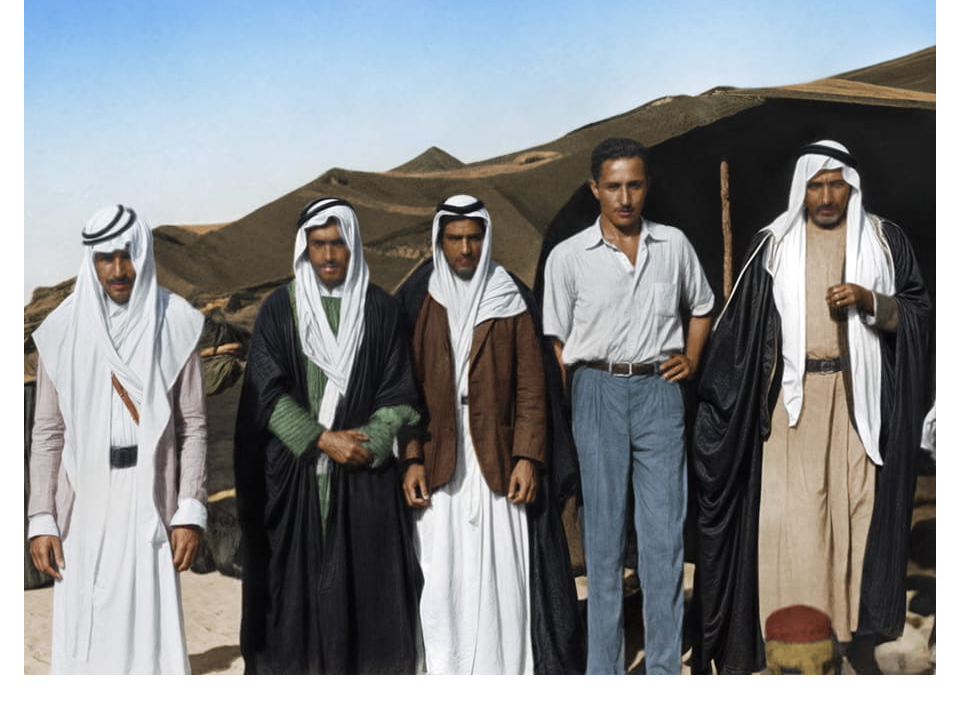The Bedouin culture, deeply rooted in the arid deserts of the Middle East, is rich with tradition, storytelling, and artistry. One of the most distinct and cherished forms of this cultural expression is sadu, the traditional weaving technique used to create intricate patterns and textiles, particularly for the tents that serve as homes for Bedouin families. In this blog post, we will explore the significance of sadu patterns, the materials used in their creation, and the cultural heritage behind these beautiful works of art.
Understanding Sadu Patterns
Sadu patterns are not merely decorative; they hold historical and cultural significance, conveying stories, beliefs, and identities of the Bedouin people. Each pattern tells a story or represents a particular aspect of Bedouin life, such as nature, animals, and geometric shapes. These designs can vary significantly from one tribe to another, often reflecting local customs and traditions.
Common motifs include:
- Geometric Shapes: Triangles, spirals, and diamonds often symbolize the desert landscape or elements of Bedouin life.
- Floral Designs: Some patterns incorporate stylized flowers or plant forms, reflecting a connection to nature.
- Animal Imagery: Designs may feature representations of camels or other animals significant to Bedouin culture, emphasizing harmony with the surrounding environment.
The Cultural Significance of Sadu
The practice of creating sadu textiles is rooted in centuries-old traditions passed down through generations. Women in Bedouin communities are primarily responsible for the weaving, a skill often taught from a young age. The act of weaving becomes a communal gathering, with women sharing stories, experiences, and wisdom, thus fostering a strong sense of community.
Sadu textiles are also practical; they serve as functional items in daily life, providing warmth and shelter in the harsh desert climate. The tents themselves, adorned with these intricate weaves, create a sense of belonging and identity for Bedouin families, acting as both a home and a symbol of cultural pride.
Materials Used in Sadu Weaving
1. Wool: The primary material used in sadu weaving is sheep wool. This renewable resource is favored for its warmth, durability, and availability. Bedouins traditionally raise their own sheep, allowing them to source the wool directly from their herds.
2. Camel Hair: In some cases, camel hair is also used, prized for its softness and resilience. Camel hair fibers provide added insulation and can be combined with wool to achieve varying textures and colors.
3. Natural Dyes: The vibrant colors found in sadu patterns are often derived from natural sources, such as plants, berries, and minerals. These dyes are eco-friendly and help maintain the traditional aesthetic of Bedouin textiles.
4. Thread: Fine cotton or nylon threads may be used to enhance the durability and finish of the patterns, especially for intricate detailing.
The Sadu Tent: A Living Space
The culmination of sadu weaving is most prominently displayed in the tents, which serve as both shelter and a canvas for these colorful works of art. Typically, a sadu tent is constructed using a framework of wooden poles covered with sadu-weaved textiles. This structure creates a living space that is both functional and aesthetically striking, providing a cool and shaded environment during the day and warmth during the cold desert nights.
In Bedouin culture, the tent is not just a house but a representation of hospitality and family unity. It is common for Bedouins to welcome guests into their sadu-adorned tents, where visitors are treated with utmost respect and generosity.
Modern Relevance and Preservation
As the world changes and modern living influences Bedouin life, the art of sadu weaving faces challenges. However, many artisans are working tirelessly to preserve this cultural heritage. Efforts to revive traditional techniques and promote sadu as a contemporary art form are gaining traction, allowing the rich history behind these beautiful patterns to continue resonating in today’s society.
Conclusion
Sadu weaving captures the essence of Bedouin culture through its stunning patterns and materials, representing a deep connection to nature, community, and heritage. Each woven piece serves as a storytelling medium, conveying the values and identity of the Bedouin people. By appreciating and supporting the craftsmanship of sadu textiles, we not only honor this ancient tradition but also contribute to the preservation of cultural legacies that enrich our global tapestry. Whether displayed in modern homes or used in traditional tents, sadu textiles continue to be a source of pride and artistry—symbolizing the enduring spirit of Bedouin culture.


